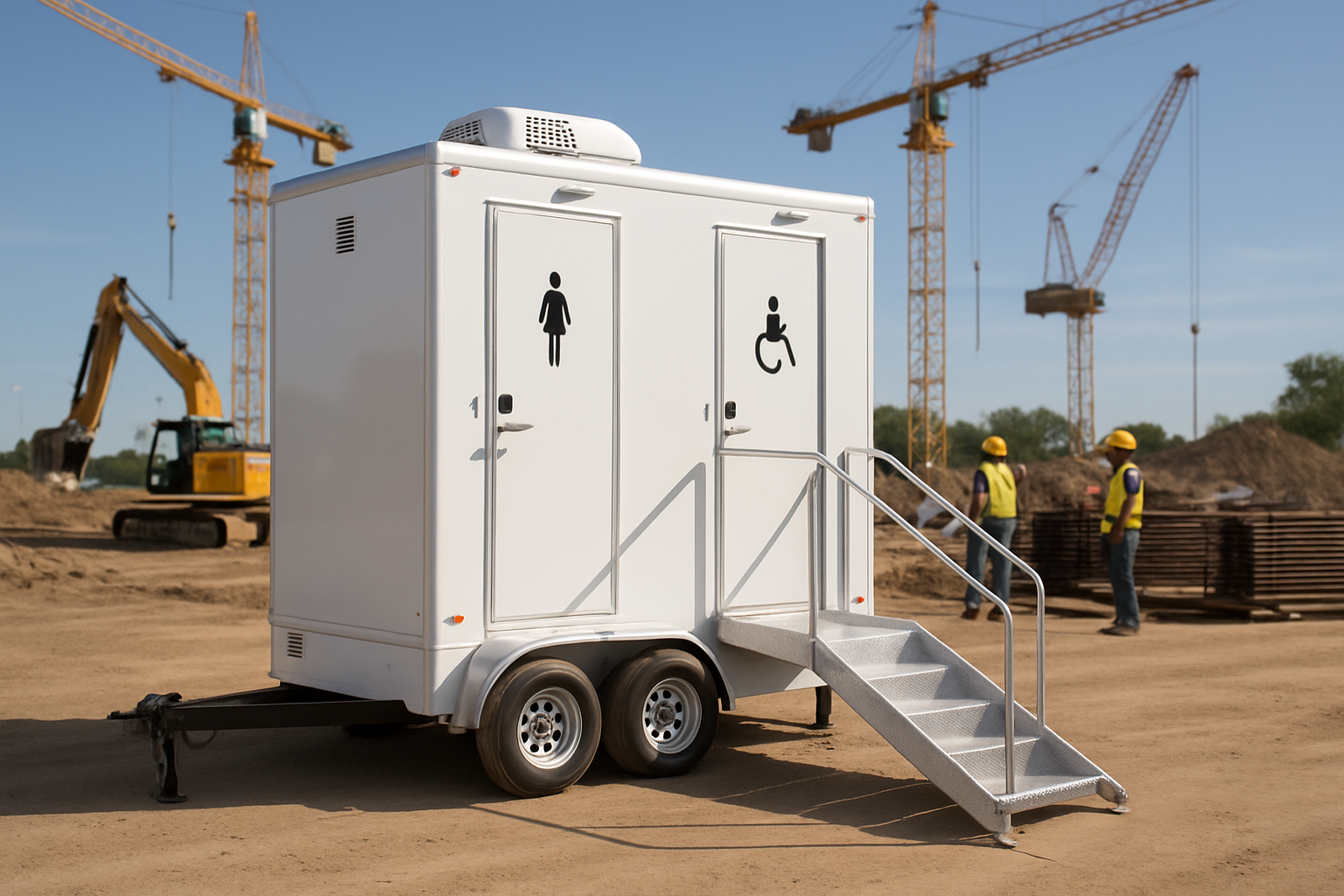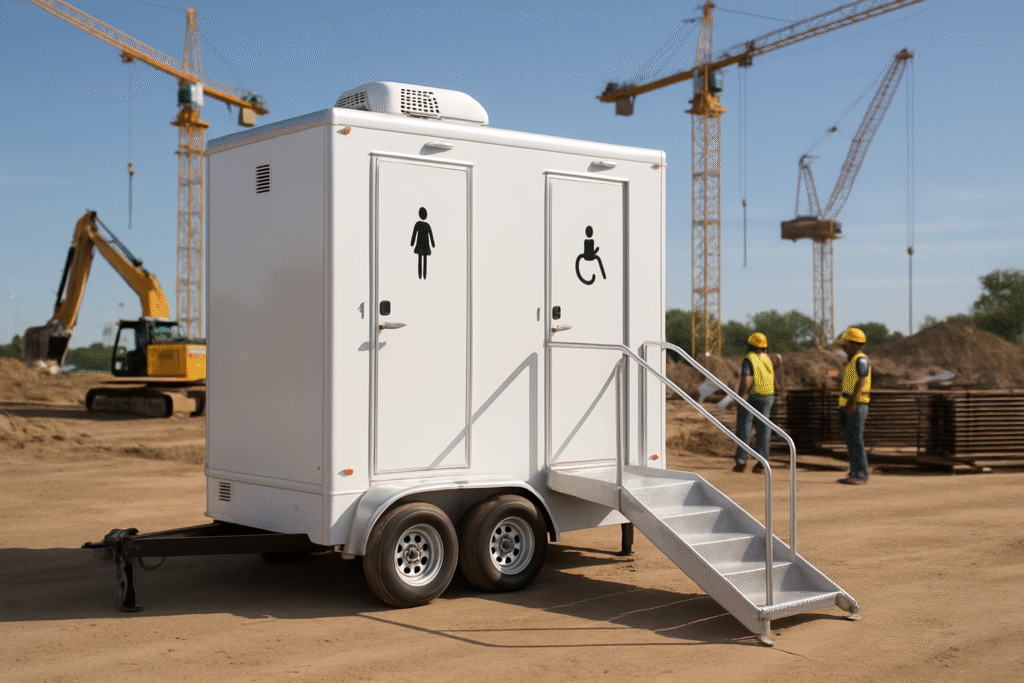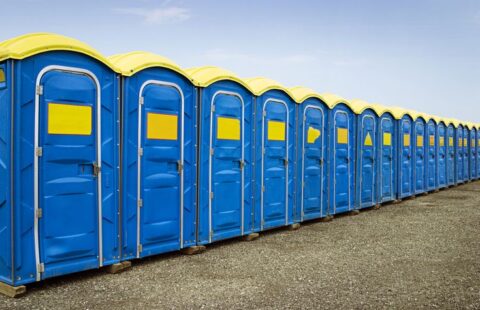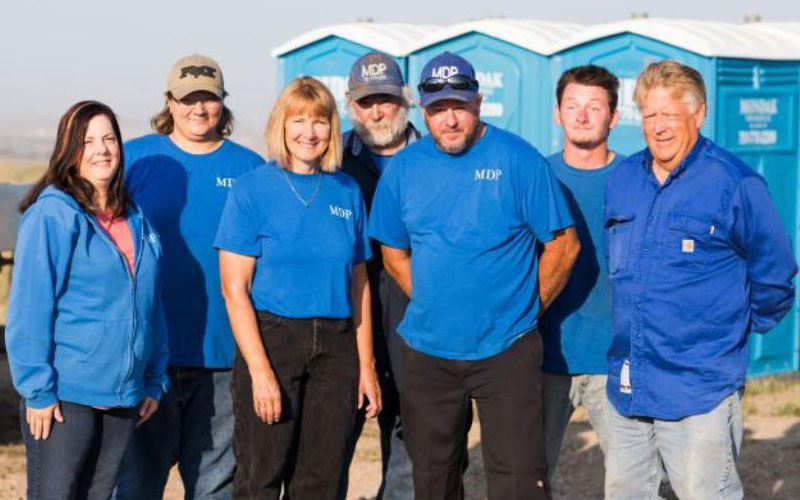
How to Choose the Right Portable Restroom for Your Construction Site
Among the essential considerations, selecting the appropriate portable restroom for your construction site directly impacts worker satisfaction, project efficiency, and adherence to federal safety regulations. Making the right choice involves understanding project requirements, worker needs, and regulatory obligations that govern construction site facilities.

Understanding Regulatory Requirements
The Occupational Safety and Health Administration (OSHA) mandates that construction sites provide adequate restroom facilities for workers. These regulations specify minimum requirements based on workforce size, making compliance a legal necessity rather than an optional consideration.
The portable restroom for your construction site must meet these standards while accommodating the unique challenges of construction environments. Federal regulations require one toilet facility for every 20 workers or fraction thereof. Sites with 20 or fewer workers need at least one facility, while larger projects require additional units based on workforce size.
Assessing Your Project’s Specific Needs
Project duration significantly influences the type of portable restroom for your construction site that makes the most sense.
Short-term projects lasting a few days or weeks may require basic standard units, while long-term developments spanning months or years benefit from enhanced comfort features that support worker morale and productivity. Site location affects facility selection in multiple ways.
Remote construction sites without easy access to permanent facilities may require units with larger waste holding capacities to reduce servicing frequency. Urban projects might prioritize compact units that fit within limited space constraints while maintaining accessibility for service vehicles.
Standard Units vs. Enhanced Options
Standard portable restrooms for your construction site units provide basic functionality at cost-effective price points. These units typically include toilet facilities, ventilation systems, and basic lighting, meeting minimum regulatory requirements for most construction projects. Standard units work well for short-term projects with smaller workforces or budget-conscious developments.
Enhanced units offer additional features that improve worker comfort and satisfaction. Climate control systems maintain comfortable temperatures year-round, while improved ventilation systems provide better air quality. Some enhanced units include hand washing stations, mirrors, and improved lighting that creates a more professional environment for workers.
Accessibility and Compliance Considerations
The Americans with Disabilities Act (ADA) requires construction sites to provide accessible restroom facilities when feasible.
Handicap-accessible portable restrooms for your construction site units feature wider doors, interior space for wheelchair maneuvering, and grab bars that support workers with mobility challenges.
These accessible units benefit all workers, not just those with disabilities. The additional space accommodates workers wearing heavy tool belts, safety equipment, or bulky clothing. The enhanced accessibility features also support aging workers who may appreciate the additional support and space.
Placement and Maintenance Strategies
Strategic placement of your portable restroom for your construction site affects both worker convenience and project efficiency. Units should be positioned within 200 feet of work areas to minimize time lost to restroom breaks while remaining accessible to service vehicles for regular maintenance.
Consider multiple placement locations for large construction sites to reduce travel time and ensure adequate coverage across the entire project area. Units placed too far from work areas reduce productivity, while those positioned too close may interfere with construction activities or create safety hazards.
Budget Considerations and Cost Management
The portable restroom for your construction site represents both an operational expense and an investment in worker satisfaction and regulatory compliance. Basic units cost less initially but may require more frequent servicing or replacement on long-term projects. Enhanced units cost more upfront but often provide better value through improved durability and worker satisfaction.
Consider total project costs rather than just rental fees when selecting facilities. Units that reduce worker complaints, improve retention, and maintain regulatory compliance provide value that extends beyond their monthly rental costs. The right choice supports project success while meeting budget constraints and operational requirements.


